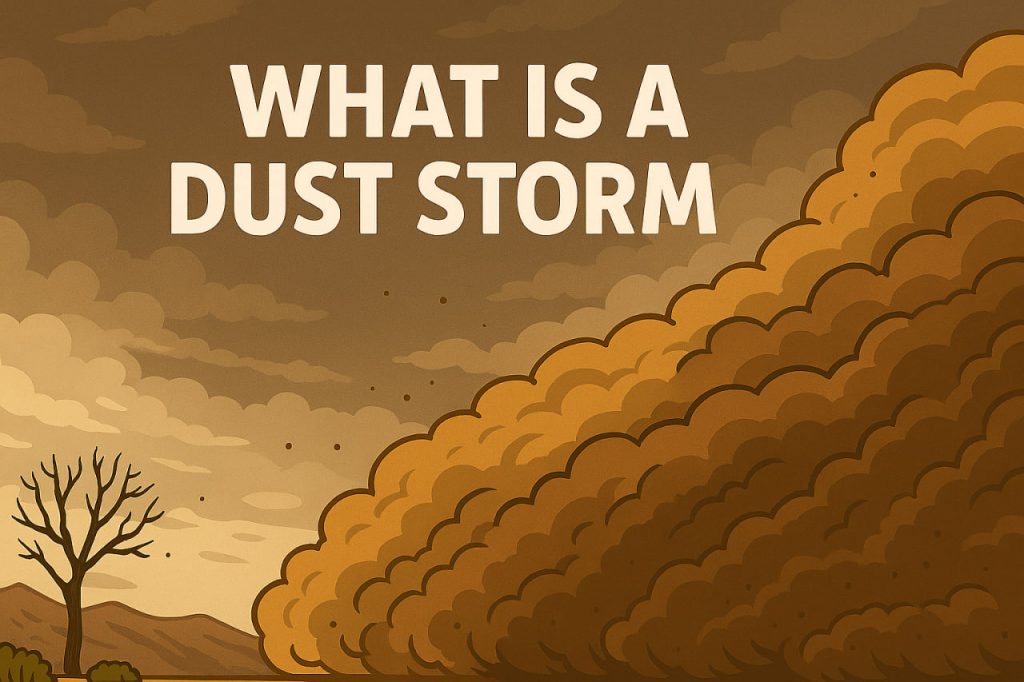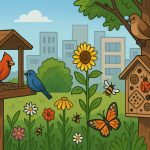A dust storm is a strong wind event that lifts large amounts of dust, sand, and dirt into the air, creating thick clouds that can reduce visibility and cause environmental and health problems. Dust storms are common in dry, arid regions but can travel far and impact cities, farmland, and even oceans.
These storms may look dramatic, but they are more than just a weather event—they are a powerful force of nature with real consequences.
How Do Dust Storms Form?
Dust storms typically develop when:
- Strong winds blow over loose, dry soil or sand.
- The wind lifts small particles into the air, creating a moving wall of dust.
- These particles are carried by the wind over long distances.
Dust storms are often triggered by thunderstorms, cold fronts, or seasonal winds like the haboob in deserts.
Where Are Dust Storms Most Common?
Dust storms frequently occur in:
- Deserts, like the Sahara or the Arabian Peninsula
- Dry farmlands, especially where soil has been disturbed or eroded
- Regions affected by drought or overgrazing
Countries such as China, Australia, the United States, and parts of Africa often experience seasonal dust events.
What Are the Effects of Dust Storms?
Dust storms can cause various problems:
- Health issues: Inhalation of fine particles can trigger asthma, bronchitis, or eye irritation
- Reduced visibility: Sudden drops in visibility can lead to traffic accidents and flight delays
- Damage to agriculture: Blowing dust can strip topsoil and harm crops
- Infrastructure wear: Dust can damage electronics, buildings, and machinery
- Long-distance impact: Dust from the Sahara can travel across the Atlantic and affect air quality in the Americas
Can Dust Storms Be Predicted?
Meteorologists use satellite imagery, wind models, and soil moisture data to track and forecast dust storms. Warning systems may issue alerts to help people prepare and stay safe.
However, predicting the exact path and strength of a dust storm remains challenging.
How to Stay Safe During a Dust Storm
If you are caught in a dust storm:
- Seek shelter indoors
- Close windows and doors to keep dust out
- Cover your nose and mouth with a cloth or mask
- Avoid driving, especially if visibility is low
- If driving is necessary, pull over safely, turn off lights, and wait for it to pass
Wearing goggles and long clothing outdoors can protect your skin and eyes.
Glossary
- Arid – Very dry; having little rain or moisture
- Topsoil – The upper layer of soil, rich in nutrients and important for growing plants
- Erosion – The process by which wind, water, or other forces wear away soil or rock
- Visibility – How far you can see, often reduced in storms or fog
- Haboob – A type of intense dust storm commonly found in desert regions


